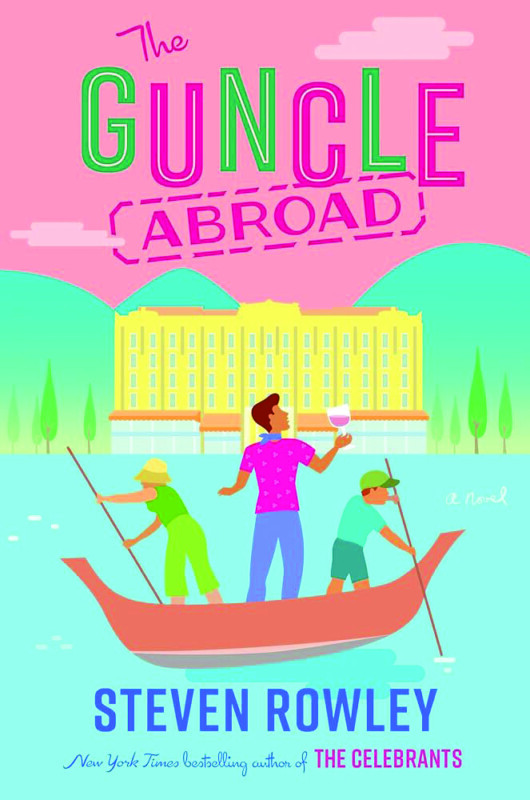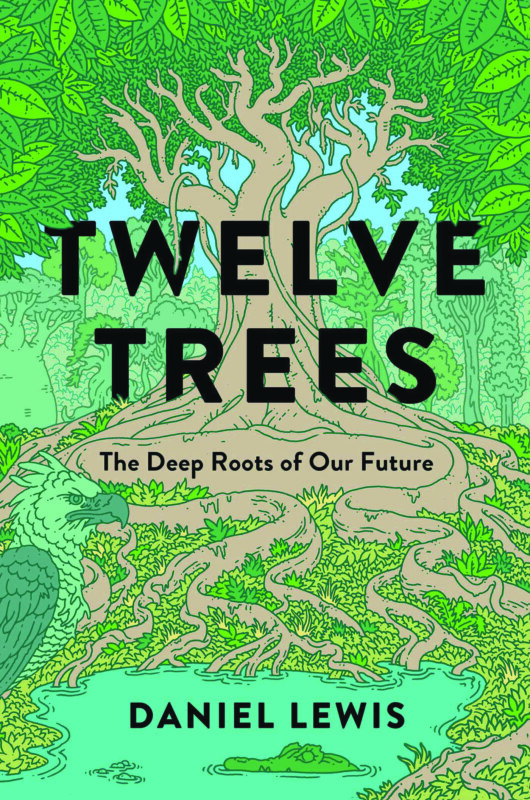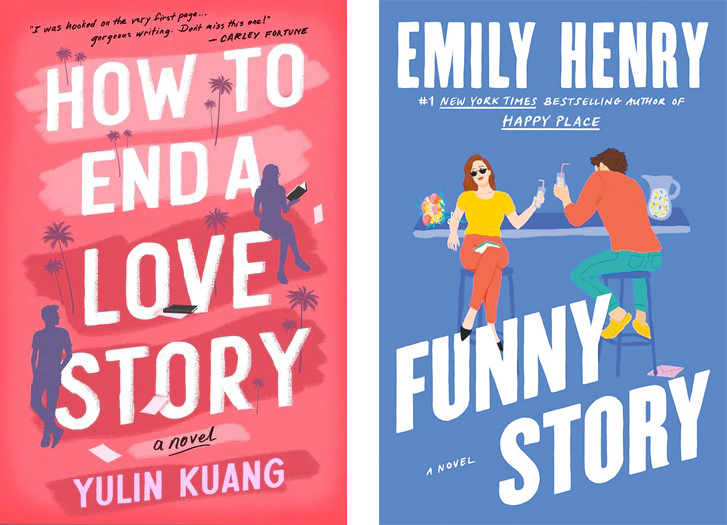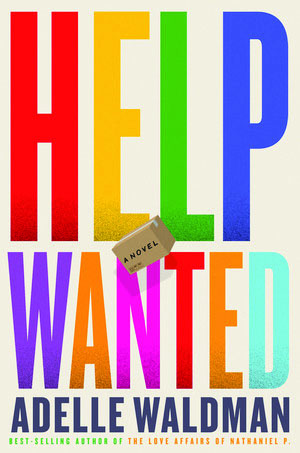The Guncle Abroad, by Steven Rowley (G.P. Putnam’s Sons, 320 pages)
It took me a minute to get back into the world of Patrick O’Hara, also known as GUP (Gay Uncle Patrick) to Maisie and Grant, Patrick’s now 14- and 11-year-old niece and nephew, respectively. The last time we saw these characters, in Rowley’s The Guncle, they were five years younger. Maisie and Grant had just lost their mom, and their dad, Greg, was struggling with addiction, so a very unprepared Patrick stepped in as their temporary guardian while his brother checked himself into rehab. Hilarity, along with a good dose of all the emotions that come with family, love and loss, ensued.
Now GUP is back in charge as he leads Maisie and Grant on a journey to understand love ahead of their dad’s impending wedding to Livia; meanwhile, Maisie and Grant are on a mission to get Patrick to get their dad to call off the wedding. They’re not fans of Livia (although they seem to like their soon-to-be Launt — Lesbian aunt — much to Patrick’s annoyance).
“The key was not so much for the kids to understand their own [love] languages … but for Patrick to open their eyes to the ways in which Greg and Livia might be a good match, and ways in which Livia might be expressing love for the two of them that they were currently missing. Guncle Love Languages.”
The wedding is set to take place in Lake Como, Italy. As Greg and Livia prepare for their big day, Patrick takes Maisie and Grant to some pretty amazing places that he believes exemplify love: Salzburg, Austria (where they all joyfully revive some famous The Sound of Music moments), Paris and Venice. The locations make for beautiful backdrops for this quest of Patrick’s, even while his message is largely unheard and his niece and nephew dig their heels in.
Patrick’s conversations with the kids are often hilarious — he doesn’t coddle or hold back his opinions in the way most adults might. The kids aren’t quite as fun as they were in the first book, which makes sense because they’re older and not as amused by Patrick. Grant has lost his adorable lisp, but he hasn’t lost his unintentional wit.
“‘Careful, your mug might be hot,’” Patrick tells Grant when they’re in Paris drinking fancy hot chocolate. “‘This hot chocolate is for sipping, not gulping like a pelican.’ ‘I wish I was a pelican,’ came Grant’s reply. ‘Then I could store more of this in my throat pouch.’ Patrick shuddered. ‘Don’t say throat pouch in a chocolaterie.’”
What Rowley does really well here is explore how grief can still take a hold of us even as the years pass and our lives move forward. Moments big and small — a wedding or a memory of watching The Sound of Music — can evoke all kinds of emotions, from acute sadness to a sense of peace in knowing that the person you loved and lost would be proud of the people she left behind.
While Patrick is mainly focused on getting Grant and Maisie to accept Greg and Livia’s relationship, he’s nursing his own heartbreak while struggling to come to terms with hitting the half-century mark in age. Patrick broke up with Emory because he felt like he was too old for him, so even while he’s found renewed success in his acting career, he’s feeling lonely and missing Emory. It’s the kids who pick up on the missing-Emory part and ultimately force Patrick to acknowledge his fears.
All in all, there’s a good mix here of lighthearted fun and emotional depth. When things start to get heavy, it’s a good bet that there’s going to be a laugh-out-loud moment or a clever quip that maintains the levity. Launt Palmina is especially good for a laugh (at one point she “mistakenly” mistranslates Patrick’s new role in Grease, to which an annoyed Patrick quickly clarifies that his role is to teach the boys the hand jive).
If you’re looking for a not-too-serious-but-not-too-fluffy summer read, The Guncle Abroad delivers. Definitely start with the first book, though, if you haven’t had the pleasure of reading it yet. B
—Meghan Siegler






